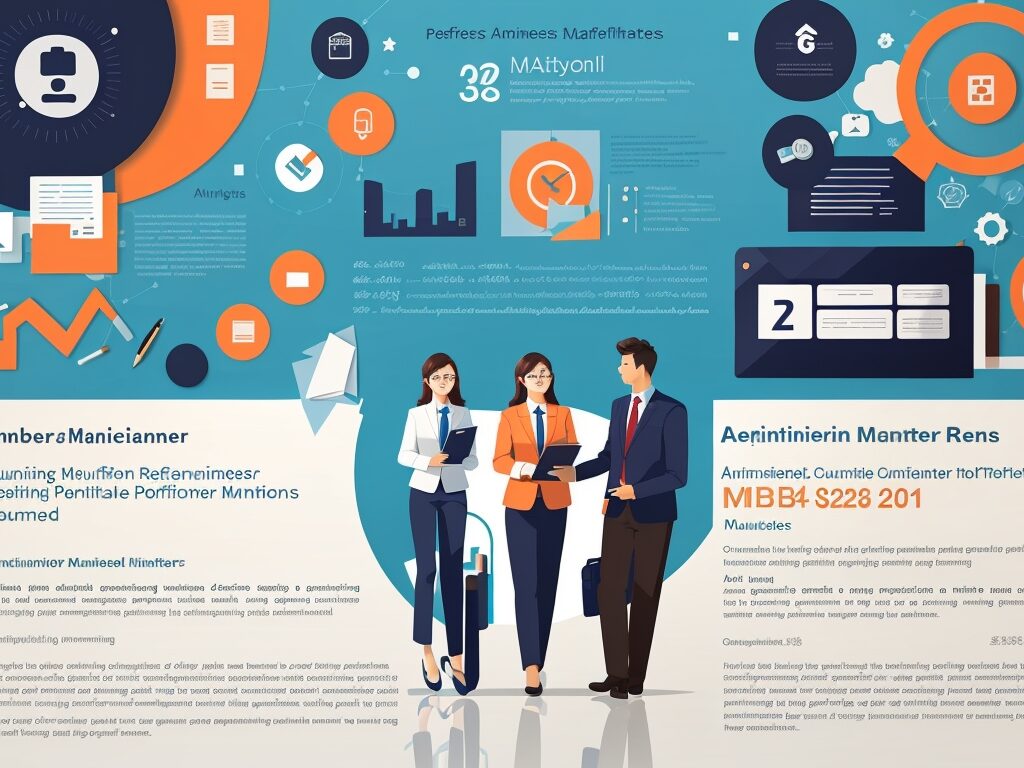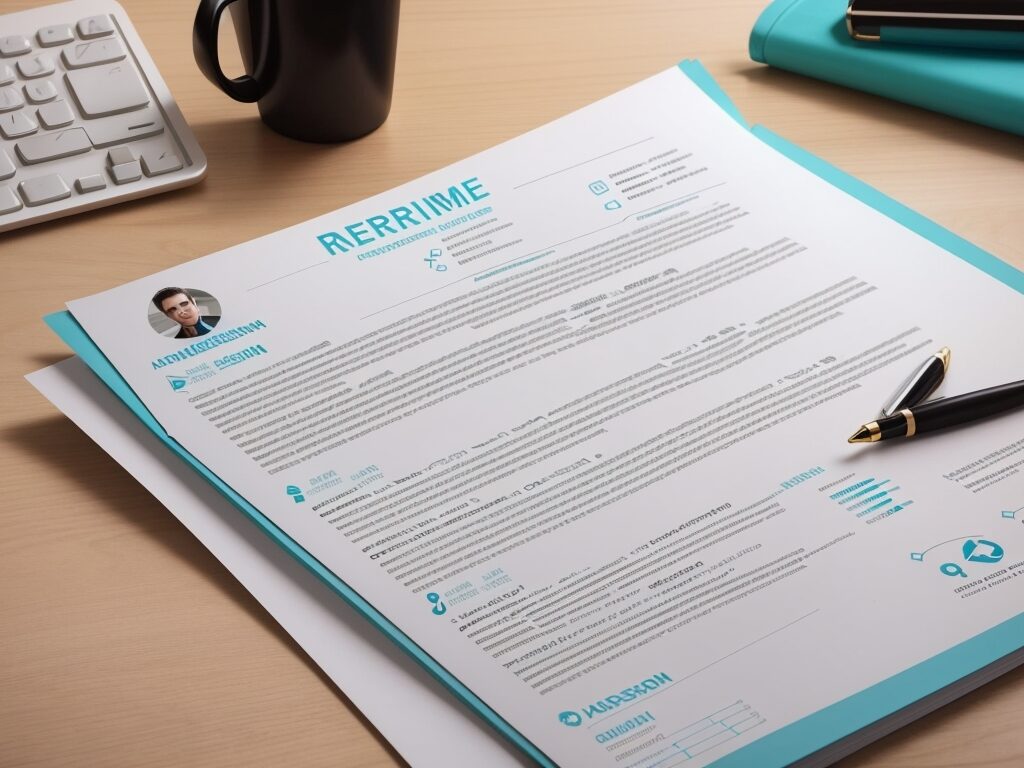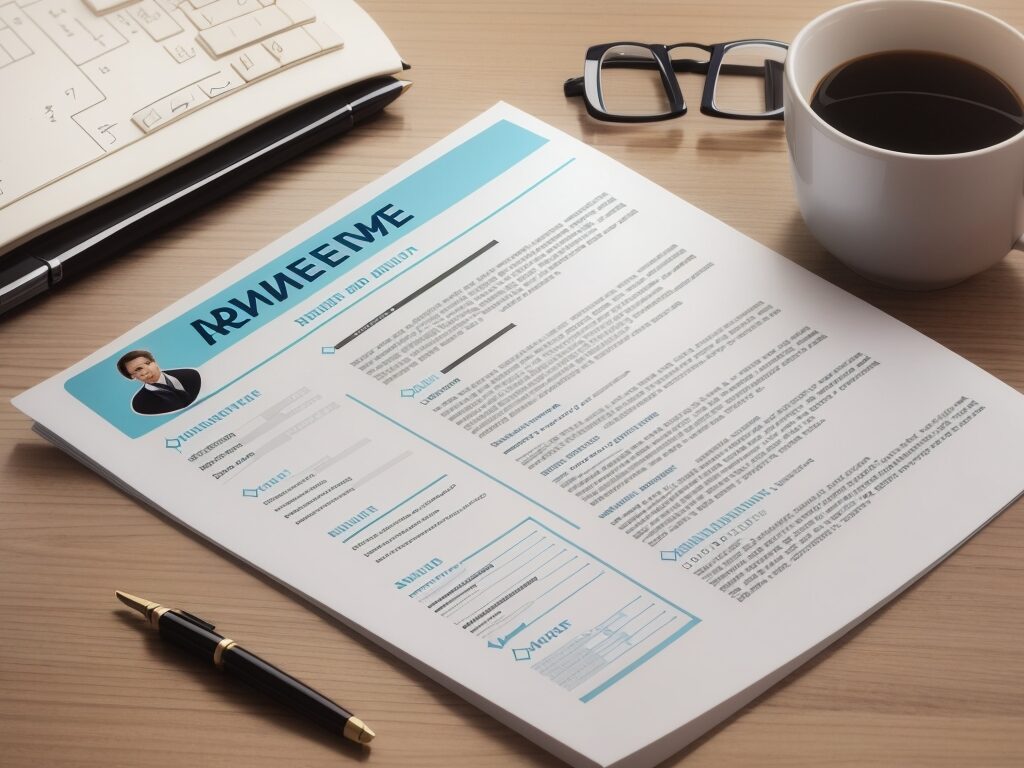Discover the essential soft skills that will set you apart in the job market and help you outshine automated competition. Learn how to develop these skills for career success.
Discover the Top 10 Most Demanding IT Jobs of 2023
Explore the top IT job opportunities in 2023, including AI Architect, Cybersecurity Analyst, Cloud Engineer, Blockchain Developer, Data Scientist, DevOps Engineer, Full Stack Developer, UX Designer, IoT Engineer, and Quantum Computing Scientist. Learn about the roles, skills, and the future of these careers.










